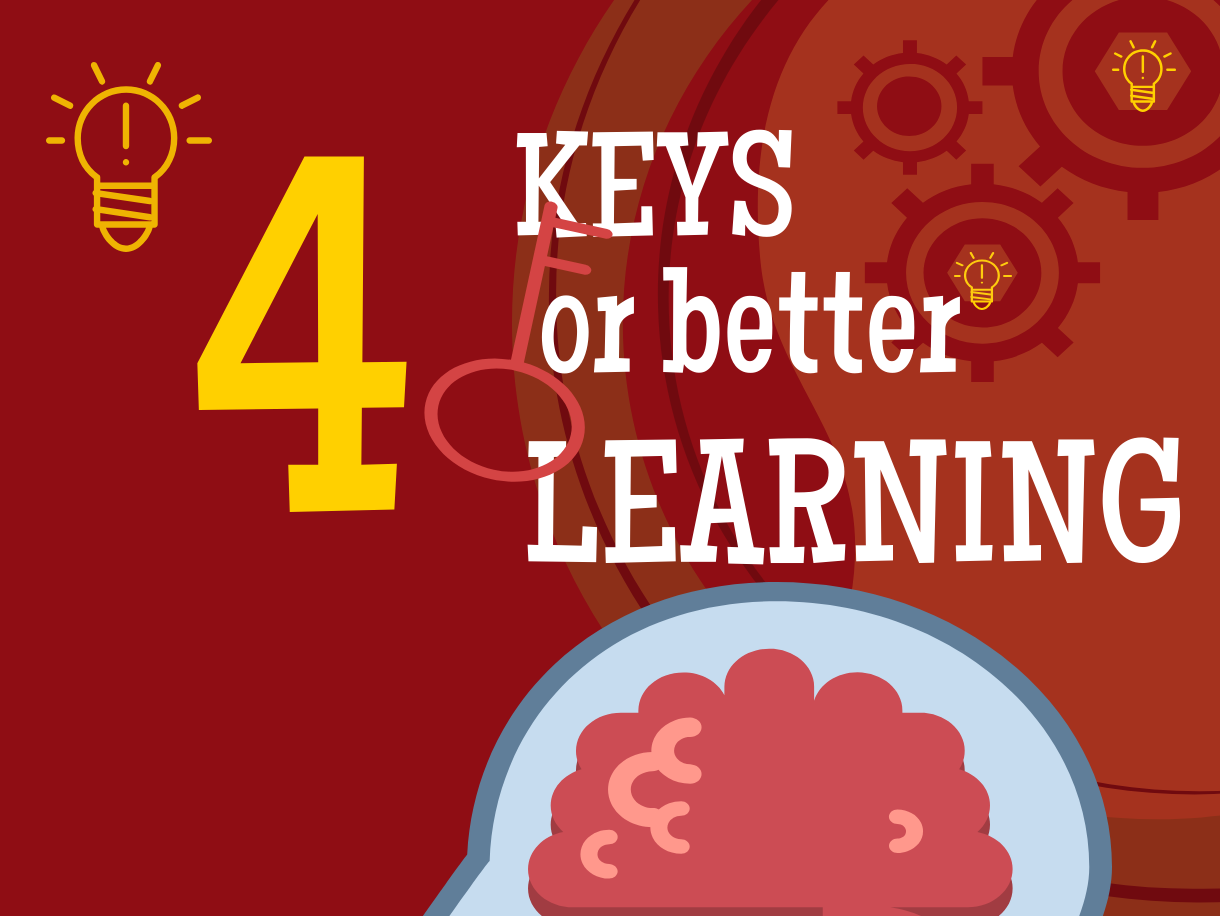Dividing Blooms taxonomy into 3 Objective domains helps teachers to create well defined, observable, measurable and valid objectives.
First domain, the cognitive domain, sometimes also called knowledge based domain encompasses intellectual or thinking skills. Objectives written under this domain are knowledge objectives. Let’s illustrate how objectives are developed on simple task to teach Colors to a group of students. As an example of a knowledge objective we can then write the following: “Students will be able to memorize basic colors of the rainbow.” It is easy to observe as students can demonstrate their ability to memorize colors by drawing the rainbow. It is also easy to measure as the number of errors in their assignment will serve as performance indicator. And the validity of this objective is justified when students are asked to describe a daily use item as a pen or a white board.
Second domain, the psychomotor domain, also called skill based domain encompasses physical skills, performance or an action. Objectives under this domain are skills objectives. Taking the example of Color teaching, let’s develop a skill domain objective: “Students will be able to describe their surroundings using color adjectives.” This objective requires Students to find colorful objects in their field of view and describe them by using colors. This behavior is easily observable, as students will pick objects teacher can see as well. It is also measurable, since describing objects with correct adjective counts as performance indicator. Validity of this objective is again justified by the fact that students will learn how to describe things they see around them.
Last domain, the affective domain, also called the attitudes domain encompasses attitudes and values. Objectives written under this domain are Attitudes objectives. Continuing with our Colors learning class we can develop the third domain objective this way: “Students will be willing to share the colors of their daily used items in an essay or verbal presentation.” In this objective domain the observable behavior is the level of willingness the students display. It can be their raised hand, delivery of related homework in time, even unsolicited utterance in the class. Objective can be measured by the number of sentences students will create and share and finally validity of our last objective keeps us aware that willingness to practice and train is necessary for skill acquisition.
As demonstrated on examples above, for each of the 3 Objective domains, dividing Blooms taxonomy into these domains helps teachers to create well defined, observable, measurable and valid objectives for their students.


